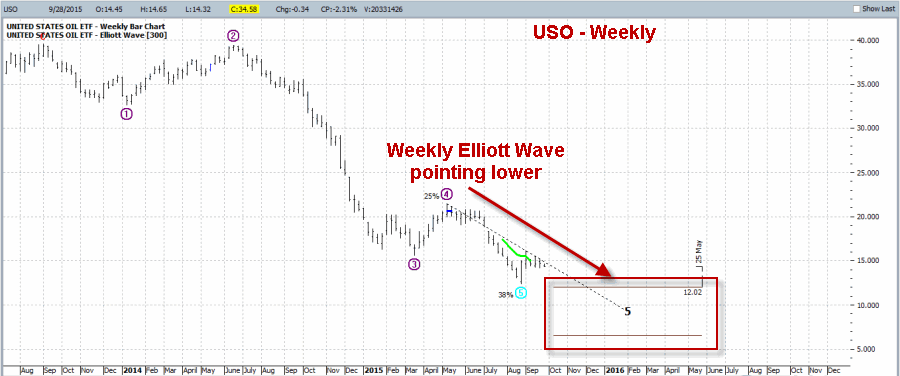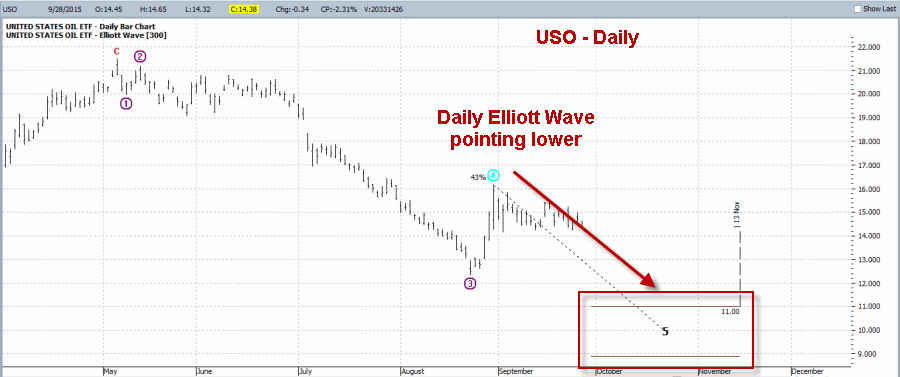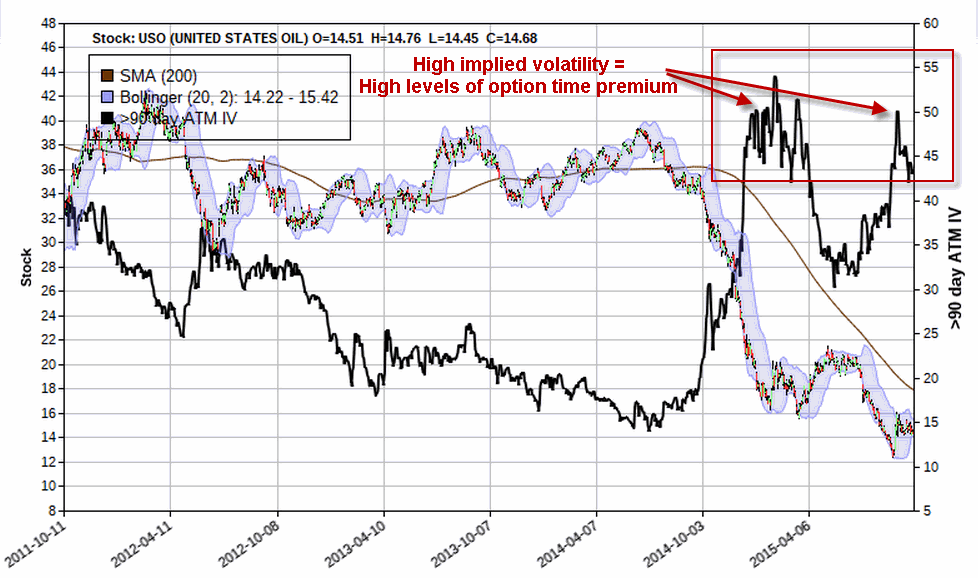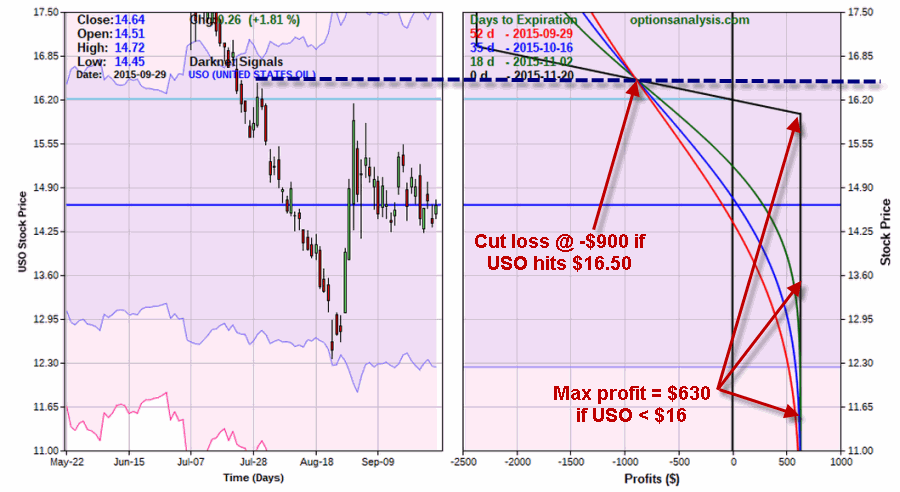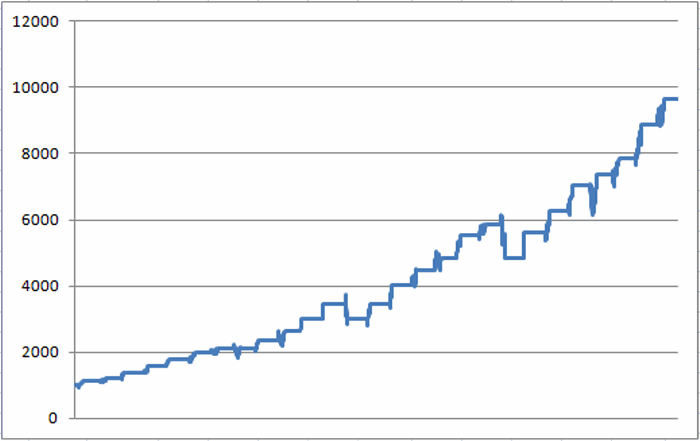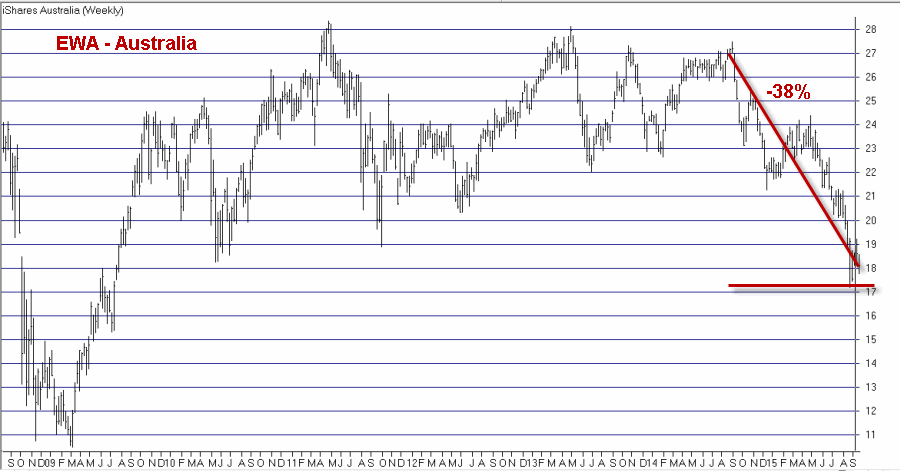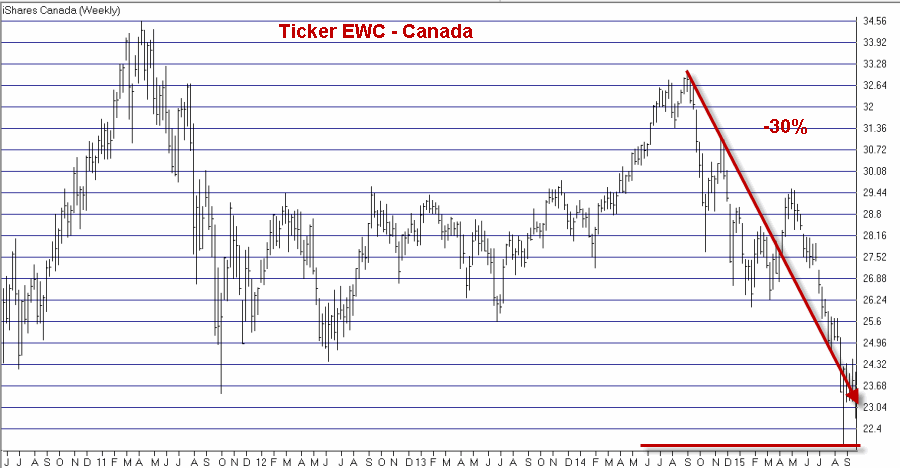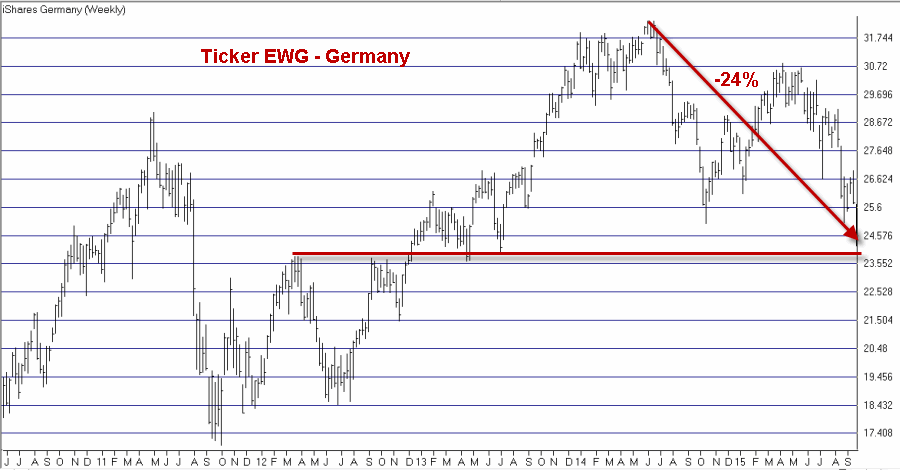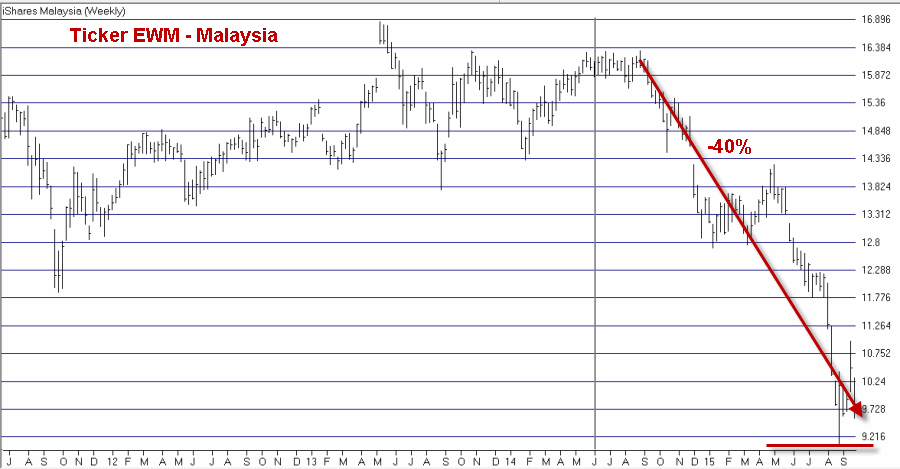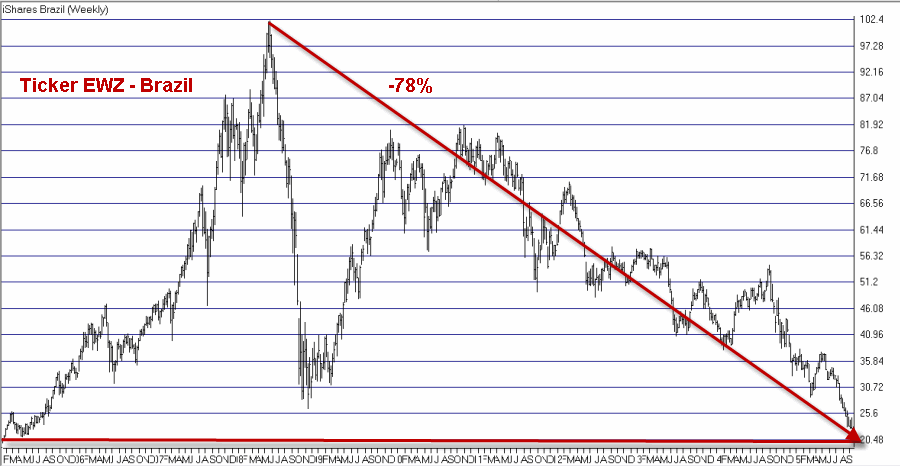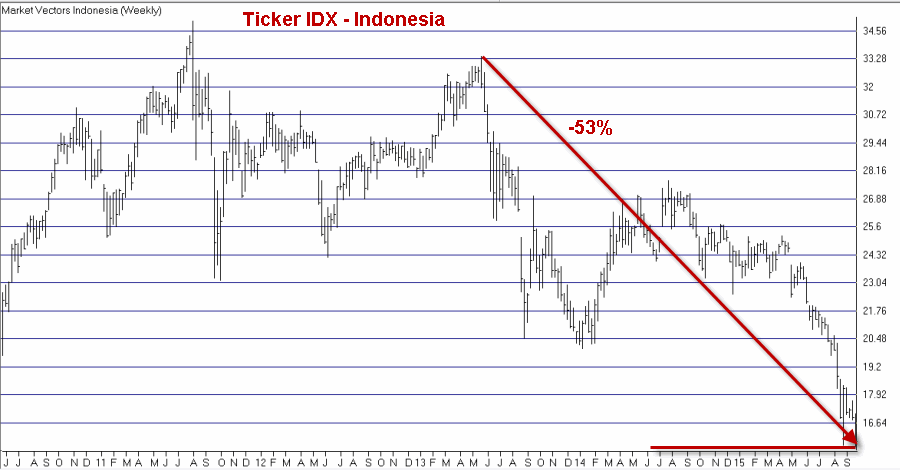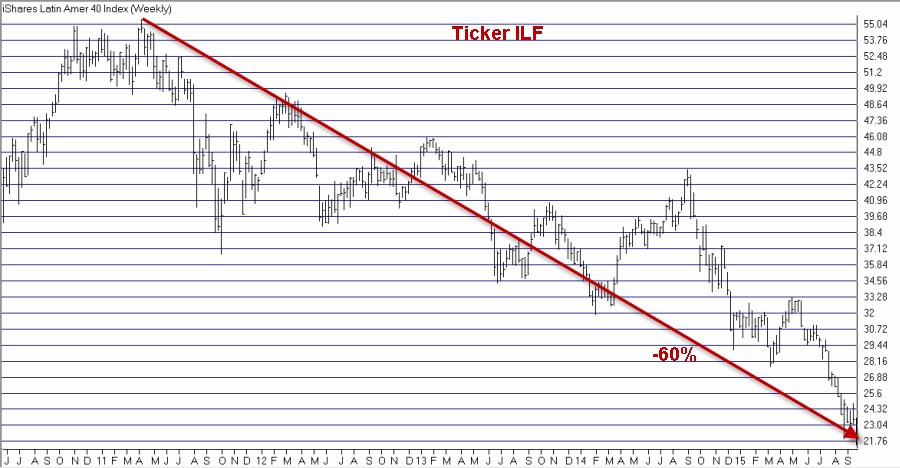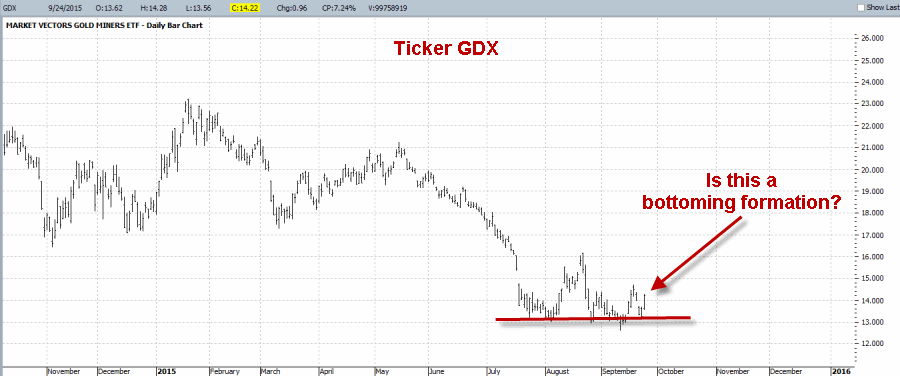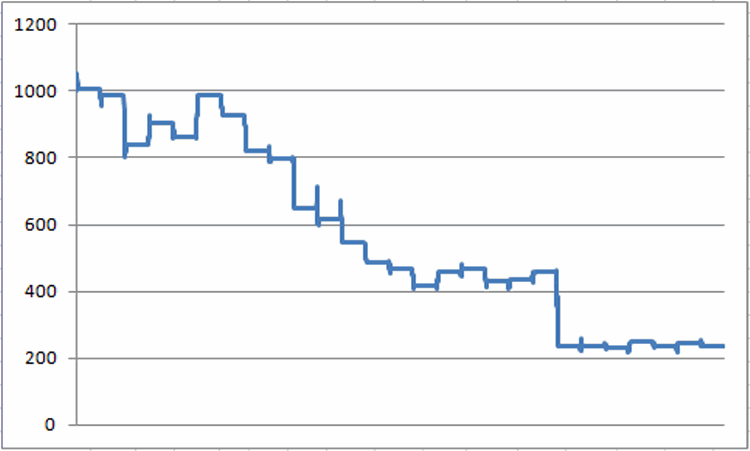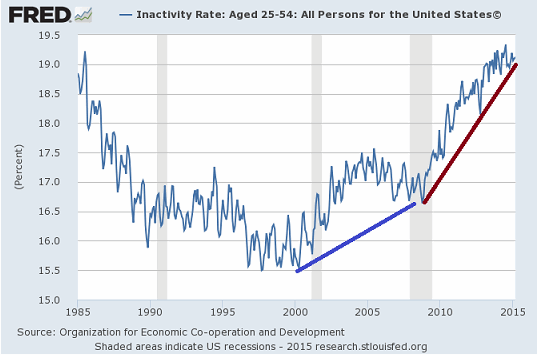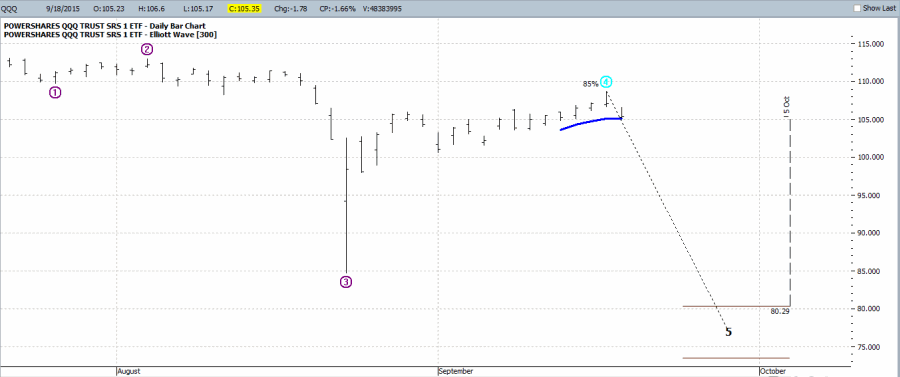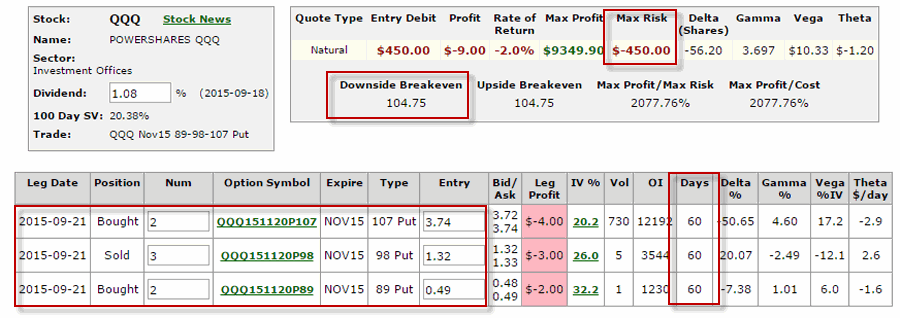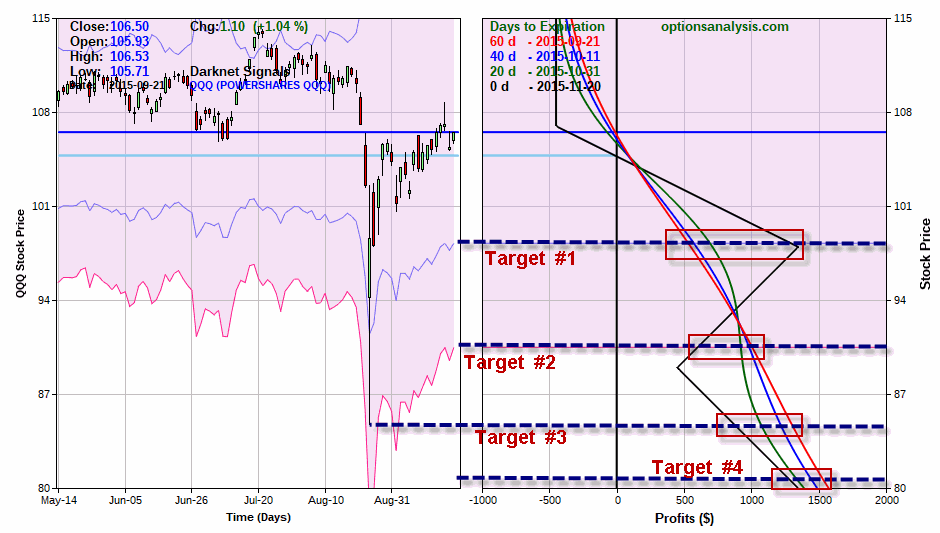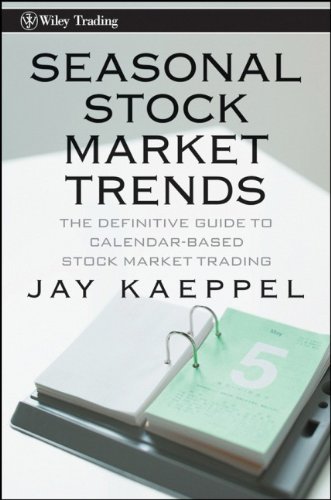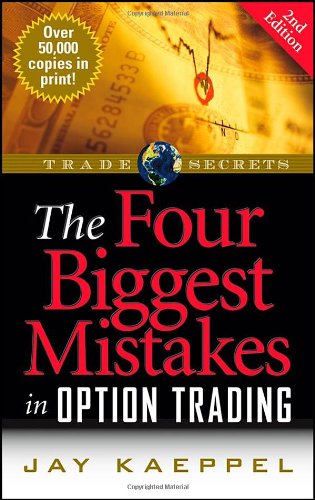In this piece I will detail an index that I created that I use in an effort to designate the trend of gold as either “bullish” or “bearish.” But first some important notes:
(See also Fighting the Urge to Jump Into Gold Stocks…For Now)
I will say unabashedly that at first glance the results look pretty darn good. That’s the good news. The bad news is that there are a few caveats:
1. Because some of the components of the index only started trading in 2008, it has a very short history.
2. The components of the index became components of the index based primarily on their very low or inverse correlation to the price of gold. It should be noted for the record that correlations between and among varying asserts can and do (and probably will) change over time.
So the bottom line is that the index that I will detail next may be useful as a tool to help confirm or deny a given trend in the price of gold. But in no way does it serve as a “magic bullet.”
Jay’s Anti-Gold Index
I used AIQ TradingExpert to create a “Group” (although I heretofore will refer to it as an “index”) comprised of the following components:
Ticker GLL – ProShares UltraShort Short Gold ETF
Ticker RYSDX – Rydex Strengthening U.S. Dollar fund
Ticker SPX – S&P 500 Index
Ticker YCS – ProShares UltraShort Japanese Yen ETF
Each trading day the “Group” is updated by adding or subtracting the average gain or loss for that day for the four components listed.
Figure 1 displays Jay’s Anti-Gold Index in the top clip and ticker GLD (an ETF that tracks the price of gold bullion) in the bottom clip. As you can see, the two tend to move inversely to one another. Figure 1 – Jay’s Anti-Gold Index versus Ticker GLD
Figure 1 – Jay’s Anti-Gold Index versus Ticker GLD
To identify a trend I add a couple of moving average filters. Unfortunately (at least for the purposes of this article) one of them is pretty “long winded” in terms of calculations. So I will include the calculations at the end of the article.
*Moving Average #1 = 36-period front-weighted moving average (calculations detailed at end of article)
Moving Average #2 = 55-week exponential moving average
A 55-week exponential moving average is calculated as follows:
(Prior week moving average * 0.964286) + (This week’s close * 0.035714)
The moving averages above are plotted against Jay’s Anti-Gold Index at the end of each week.
*If Moving Average #1 < Moving Average #2 on the chart of Jay’s Anti-Gold Index then the trend for GLD is BULLISH
*If Moving Average #1 > Moving Average #2 on the chart of Jay’s Anti-Gold Index then the trend for GLD is BEARISH
In other words, when the trend for Jay’s Anti-Gold Index is bearish then the trend for GLD is considered to be bullish and vice versa. Figure 2 – Jay’s Anti-Gold Index versus ticker GLD
Figure 2 – Jay’s Anti-Gold Index versus ticker GLD
Summary
Like I said at the outset, at first glance tracking this index appears to be a pretty good way to identify the trend for gold. For the moment, the Anti-Gold Index remains in a bullish trend, so by that measure ticker GLD remains in a bearish trend.
But just remember that the track record is likely too short to allow us to draw any definite conclusions as to its long-term usefulness. Likewise, while the inverse nature of GLD versus GLL is not going to change (since GLL is simply a leveraged inverse gold fund) and the inverse nature of the U.S. Dollar versus GLD is not likely to change, the relationship between gold and the S&P 500 does change over time and the relationship between gold and the Japanese Yen (YCS is a leveraged short Japanese Yen ETF) can also change going forward.
So I am keeping an eye on the trend of Jay’ Anti-Gold Index (still bullish) but won’t “bet the ranch” based on its performance one way or the other. Still, while the speculator in me is desperate to try to “pick a bottom” in gold, the pragmatist in me looks at the current (up trending) status of my Anti-Gold Index and counsel’s those timeless words:
“Patience, um, analyst, patience.”
Jay Kaeppel
Calculations for 36-week Front Weighted Moving Average:
!!! Front Weighted 36 Day Moving Average is similar to all other moving averages.
!!! The interpretation is just like with all the others, the trend is up when prices are
!!! above the moving average and the trend is down when prices are below the
!!! moving average. This particular variation attempts to weight the data at the front more
!!! than that at the back, with a sliding scale for each trading days value.
Bar34 is val([close], 34) * 0.01.
Bar33 is val([close], 33) * 0.01.
Bar32 is val([close], 32) * 0.01.
Bar31 is val([close], 31) * 0.01.
Bar30 is val([close], 30) * 0.01.
Bar29 is val([close], 29) * 0.01.
Bar28 is val([close], 28) * 0.01.
Bar27 is val([close], 27) * 0.01.
Bar26 is val([close], 26) * 0.01.
Bar25 is val([close], 25) * 0.02.
Bar24 is val([close], 24) * 0.02.
Bar23 is val([close], 23) * 0.02.
Bar22 is val([close], 22) * 0.02.
Bar21 is val([close], 21) * 0.02.
Bar20 is val([close], 20) * 0.02.
Bar19 is val([close], 19) * 0.02.
Bar18 is val([close], 18) * 0.02.
Bar17 is val([close], 17) * 0.03.
Bar16 is val([close], 16) * 0.031.
Bar15 is val([close], 15) * 0.031.
Bar14 is val([close], 14) * 0.031.
Bar13 is val([close], 13) * 0.031.
Bar12 is val([close], 12) * 0.031.
Bar11 is val([close], 11) * 0.031.
Bar10 is val([close], 10) * 0.031.
Bar9 is val([close], 9) * 0.031.
Bar8 is val([close], 8) * 0.031.
Bar7 is val([close], 7) * 0.006.
Bar6 is val([close], 6) * 0.006.
Bar5 is val([close], 5) * 0.07.
Bar4 is val([close], 4) * 0.07.
Bar3 is val([close], 3) * 0.07.
Bar2 is val([close], 2) * 0.07.
Bar1 is val([close], 1) * 0.07.
Bar0 is [close] * 0.079.
OneFrontWeighted36BarMA1 is bar34 + bar33 + bar32 + bar31 + bar30 + bar29 + bar28 + bar27 + bar26 + bar25 +
bar24 + bar23 + bar22 + bar21 + bar20 + bar19 + bar18.
TwoFrontWeighted36BarMA2 is bar17 + bar16 + bar15 + bar14 + bar13 + bar12 + bar11+ bar10 + bar9 + bar8 +
bar7 + bar6 + bar5 + bar4 + bar3 + bar2.
ThreeFrontWeighted36BarMA3 is bar1 + bar0.
FrontWeighted36DayMA is OneFrontWeighted36BarMA1 + TwoFrontWeighted36BarMA2 +ThreeFrontWeighted36BarMA3.
Feel free to use something “easier” – but beware of potential whipsaws in sideways markets. JK








